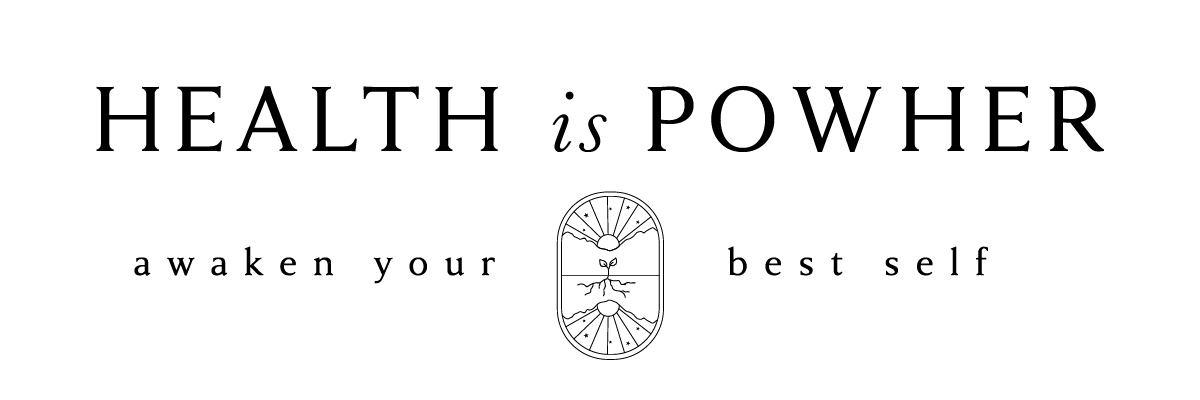Working out the right way: To be strong and injury-free
Anne Clark, RN, CPN and NASM-CPT discusses her path to becoming a personal trainer and how you can get started with a safe and effective exercise plan. The world of fitness can be hard to navigate and so many people end up with injuries. We want to share some evidence-based strategies to get in awesome shape without being slowed down by injury and pain! Check out this week's episode and try out our example workouts below! Follow us on Instagram and tell us what topics you want to hear about next!
Example workouts to get you started
Phase 1 - Build your balance & core!
Whether you've never worked out before, or you've been regularly lifting for a long time, chance is that you may have some issues with stability and core strength. To prevent injury and make sure your form is on point, you must start by building your balance, stability and core strength. This is known as the stabilization strength phase. You should spend at least 4 weeks here, maybe more if needed. Most of these you can do at home with either just your body weight and dumbells.
Total Body Workout (complete 12-20 reps and repeat for 1-2 sets)
Body-weight squat with exercise ball between back and wall (if you don't have a ball, use a mirror to watch your form)
Bicep curl standing on one leg
Triceps extension standing on one leg
Overhead press standing on one leg
Romanian dead lift on one leg (alternate leg each set)
Back fly on exercise ball or using band while standing on one leg
Dumbbell chest press with back on exercise ball or bosu ball
Pull ups and push ups
Core for stability - side and front planks, marching, dead bugs
*You can always perform these on two legs at first until you gain initial core strength to perform on one leg
*If you've progressed from one leg, move to standing on a foam pad and then progress balance disc/bosu ball with two legs. Eventually on those unstable surfaces you can progress to just one leg
Phase 2 - Build strength and continue stability
After you've gained stability and comfort with performing exercises with good posture and form, move on to stage two, strength endurance. Perform 8-12 reps of each strength exercise at 70-80% of 1 rep max weight and "super-set" by immediately following it with 12-20 reps of a stability exercise from phase one that works the same muscle group. Here's a few examples below, but get creative with coming up how to make the stability exercises "less stable!"
Bench press
Followed by dumbbell chest press or push-ups on exercise ball or unstable surface
Back squat
Followed by body weight squats on bosu ball or foam pad
Dumbbell or barbell bent-over row
Followed by back fly with band standing on one leg
Lunges or dead lifts
Followed by step up to box and balance on one leg
Biceps curl and/or triceps extensions
Followed by same exercise using band for resistance and standing on one leg or unstable surface
Overhead shoulder press
Followed by Y-raise with chest resting on exercise ball
Phase 3 - Get buff
This is the hypertrophy (gaining muscle) phase. The quantity of weight you lift will increase and the reps will decrease. This is more "traditional" weight-lifting you would see most people doing at the gym. A lot of these will be done with a barbell, however dumbbells will increase that level of instability and may be more challenging.
Perform 6-12 reps at 75-85% weight of your 1 rep max for 3-5 sets of each exercise
Bench press
Back or front squat
Lunges
Biceps curl & triceps extension
Overhead press or landmine press
Dead lift
Lat pull-down
Back fly, bent-over row
And many more!
Phase 4 - Maximize your strength
We won't get into examples for this phase, because the exercises should be the same as in the hypertrophy phase. The difference is now you will be lifting even heavier weights and decreasing the volume. Perform lifts at 85-100% of your 1 rep max, but only do 1-5 reps per set, and between 3-6 sets per exercise. Also, perform each lift as fast as you can to generate the most force!
Phase 5 - Power it up
The last phase after you've built your stability and strength is the power phase of training. It's easy to over-train or have too much impact on your joints in this one, so mix up your workouts and do one day of stability, one day of strength and one day of power per week (or something similar to that). To increase power, complete a set of a strength exercise (at same reps, weight % as the maximal strength phase 4) followed immediately by a power exercise working the same muscle group. Here's a few examples.
Bench press
Followed by chest pass or "wall-ball" with medicine ball
Back or front squat
Squat jumps, tuck jumps, or box jumps
Lunges
Lunge jumps, speed skaters
Lat pull down
Medicine ball wood chop
Hopefully this gives you a framework for a more structured approach to your training plan. As I have learned from my National Academy of Sports Medicine personal training certification, this is an effective method of training to prevent injury and ensure you can nail down the proper form.

